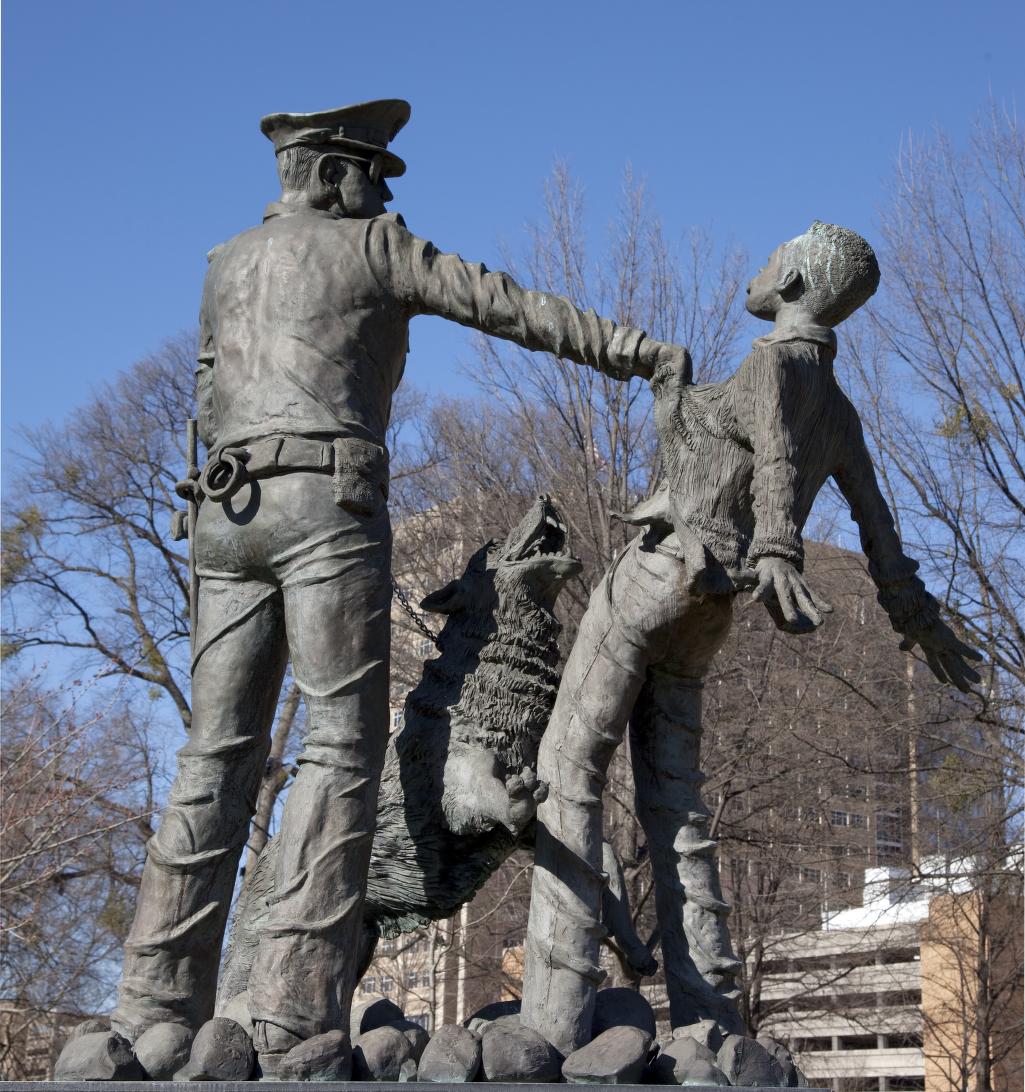Introduction
It is important to note that cultural landmarks and artistic expressions often capture and reflect society’s transformative moments. The analysis will focus on the delicate interconnection between art, history, and societal values, epitomized by the sculptures within Kelly Ingram Park in Birmingham. Thus, exploring such a symbiotic relationship offers a profound understanding of the Civil Rights Movement and its massive impact on today’s society.
Culture Impact: Creative Expression
Kelly Ingram Park commemorates significant Civil Rights Movement events by showcasing societal upheavals’ impact on artistic expression. The violent confrontations in this park in May 1963 left an indelible mark on the nation’s conscience, prompting a call for justice and equality (National Park Service, 2021). The statues within the park – especially the Foot Soldiers and The Four Spirits – embody the bravery of those who fought for justice.
Art within the park serves as a reflection of the intense societal struggles faced by Birmingham in the 1960s, as shown in Figure 1 below (Highsmith, 2010). The park’s sculptures create a visceral connection between the viewer and the historical events; hence, they highlight the role of art in immortalizing collective memories. For instance, James Drake’s installations on the Freedom Walk emphasize the human cost, such as the involvement of children in confrontations (Thompson, 2019). Thus, the U.S. National Park Service represents not just a place but a profound narrative about resistance against unjust laws.

Relationship Between Culture and Expression
- How does Kelly Ingram Park’s art reflect the broader cultural context of the Civil Rights Movement in Birmingham?
- In what ways does the park’s historical backdrop inform its sculptural representations?
- How can the artwork within the park influence the cultural identity of Birmingham in the present day?
Values Regarding Cultural Work Selected
- How can exposure to historical sculptures, such as those in Kelly Ingram Park, influence one’s values on social justice?
- Do the depictions within the park challenge or reinforce one’s beliefs about collective resistance and sacrifice?
- How might the stories in the park’s artwork shape an individual’s understanding of equality and human rights?
Answering the Questions
To answer these critical questions, the most accessible and easy-to-do approach for me would be to look at the currently available data, evidence, and research since they could contain surveys and questionnaires. For a deeper look, I would conduct qualitative interviews with visitors to assess their emotional and intellectual responses to the sculptures in Kelly Ingram Park.
Analyzing historical documents and literature related to the events depicted in the park would give me a comprehensive understanding of their cultural context. In addition, comparing the park’s artistic expressions with similar memorials around the nation would provide me with insights into regional differences in cultural expression. I would also consider engaging with historians and art critics who can give a detailed perspective on intertwining culture and artistic representation in the park.
Conclusion
In conclusion, Kelly Ingram Park stands not only as a testament to the Civil Rights Movement but also as an embodiment of the transformative power of artistic representation. In essence, the latter means that the statues and artworks within this park serve as both a mirror and a catalyst. They promote reflection on important historical struggles while shaping the narratives of justice and equality for future generations. It is critical to ensure that these narratives continue to be promoted since they educate and inspire younger generations.
References
Highsmith, C. M. (2010). Sculpture dedicated to the Foot Soldiers of the Birmingham Civil Rights Movement. Kelly Ingram Park, Birmingham, Alabama [Photograph]. Library of Congress. Web.
National Park Service. (2021). Kelly Ingram Park: Birmingham Civil Rights National monument. Web.
Thompson, K. (2019). Visualizing the Civil Rights Movement: Kelly Ingram Park, Birmingham, AL. Civil Discourse. Web.